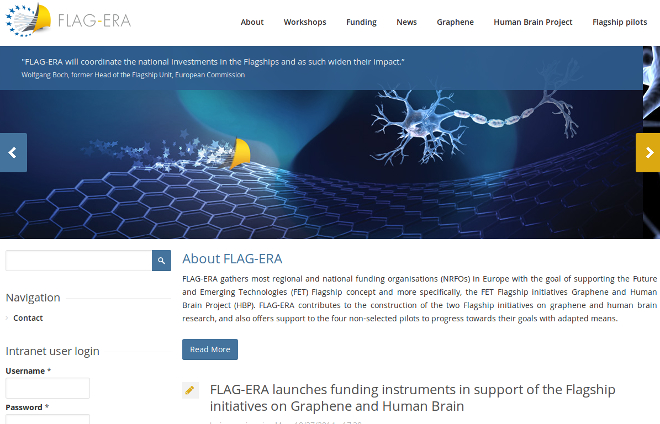Graphene is one of the hardest and most resilient materials of all and a chemical relative of diamonds, coal or graphite (from pencil leads). It has only one atomic layer, making it one of the thinnest materials in existence (less than a millionth of a millimeter thick).
Enormous potential of graphene
The economic potential of graphene is enormous, as it combines numerous positive properties that could lead to groundbreaking novel products in the near future. It could, for example, replace the ITO still in use today and revolutionize liquid crystal displays (LCDs), which are used in flat screens, smartphones or monitors.
Some Key Benefits of Graphene
- It is flexible and very strong
- up to 300x stronger than steel at the same weight
- It is almost transparent
- it is a very good conductor of heat
- it is resistant to chemicals and forms a barrier to gases and water
Within the EU's Horizon 2020 research programme, the Graphene Flagship project was launched in October 2013, bringing together 126 academic and industrial research groups in 17 European countries. The start-up phase, which was scheduled for 30 months, is supported by the EU with 54 million euros in funding.

In the flagship project Graphene, researchers are working on an atom-thin film made of pure carbon, graphene. Recently, the European graphene research project celebrated its 1st anniversary. The call for applications for participation in the programme for 2015 has already been opened.
Application period for 2015 expires soon
For Graphene Research Groups, the following 11 areas are on the list of the Graphene Flagship Project:
- Computational modelling of devices and systems
- Advanced nanofabrication and spintronics
- Active THz components
- Multifunctional composites
- Functional coatings
- Nanofluidics applications
- Biological and chemical sensors
- Immunogenomics and proteomics
- New layered materials and heterostructures
- Energy
- Prototypes
Research groups from the following countries can participate in the call: AT, BE, DE, ES, FR, HU, IT, LV, NL, PL, PT, RO, SE, TU

